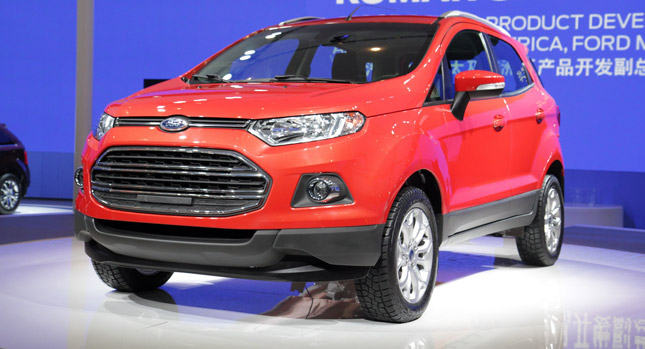Being the number two automotive group in the US, and the fifth largest worldwide behind Hyundai, is no mean feat for Ford. Having an almost non-existent 2 percent share in the world’s largest car market, however, is.
Last year’s Thai floods resulted in a US$92 million loss for Ford’s Asian operations in 2011. Adding insult to injury, Ford also reported a US$95 million loss in Asia for the first quarter of 2012. To make things worse, during the same period, its sales in China declined by 14 percent while both General Motors and VW gained market share.
Dearborn intends to change all that by investing no less than US$4.9 billion in China to build eight new plants and launch 15 new models by 2015
“Ford is at last ready to get genuinely serious about China”, told Autonews Michael Dunne, president of Hong Kong-based researcher Dunne & Co.
Dunne also stressed that, “The key will be for Ford products to connect with Chinese consumers on an emotional level just as Buick and Chevy (which currently outsell Ford 5-to-1) have managed to do.”
Ford’s Asian operation chief Joe Hinrichs says that the Blue Oval is absent from China’s two largest growing markets, luxury cars and SUVs, and is mostly defined by the Focus family car.
He also believes that it’s going to take some time before Ford, which came to China seven years after GM, makes a profit. That’s because introducing new models and opening an average of two new showrooms each week comes at a huge cost, while sales need time to pick up. “This is a bit of a transition time”, said Hinrichs. “The more dramatic payoff comes later.”
Ford wants to enter the luxury segment with its upmarket SUVs such as the Explorer and not Lincoln, its premium brand in the States. That’s because Lincoln sales are shrinking even in its home market and the average customer is 65 years old.
IHS Automotive managing director Michael Robinet believes that, eventually, Lincoln will enter the Chinese luxury market to rival GM’s Cadillac. “At some point, Lincoln will have to become a global luxury brand”, said Robinet, “but first it has to earn its stripes at home.”
Perhaps the Blue Oval’s best chances lie not with the affluent living in large cities, where its chief rivals already have a stronghold, but in China’s interior that has more than 600 cities with a population of 500,000 or more.
Hinrichs admitted during the Beijing Motor Show that offering “value models” constitutes the second part of Ford’s expansion plan: “The smaller cities are where we expect most of the auto industry’s growth because there’s a lot of saturation in the large cities.”
Story References: Automotive News
PHOTO GALLERY










